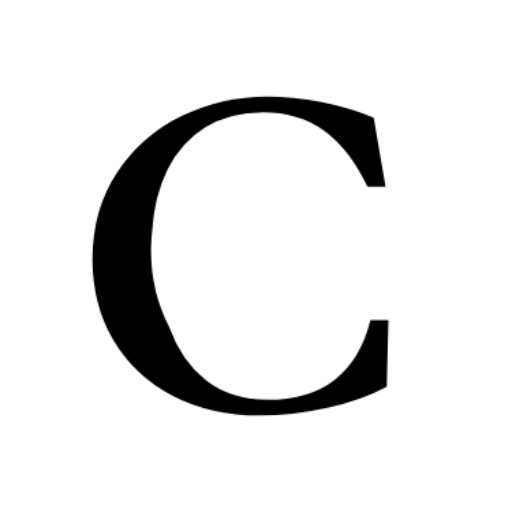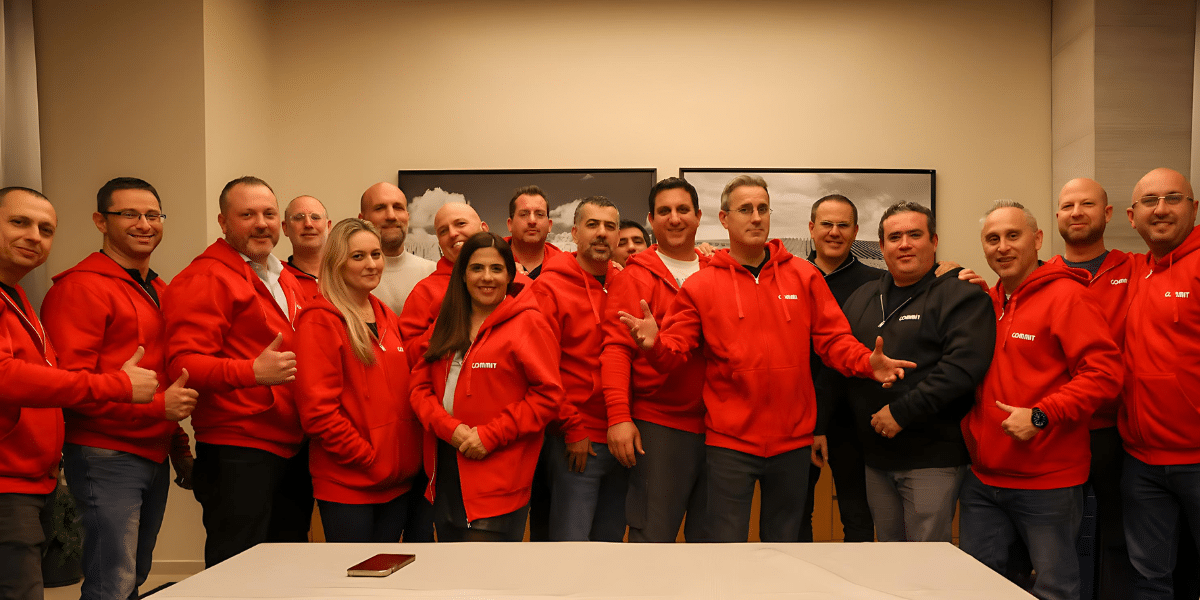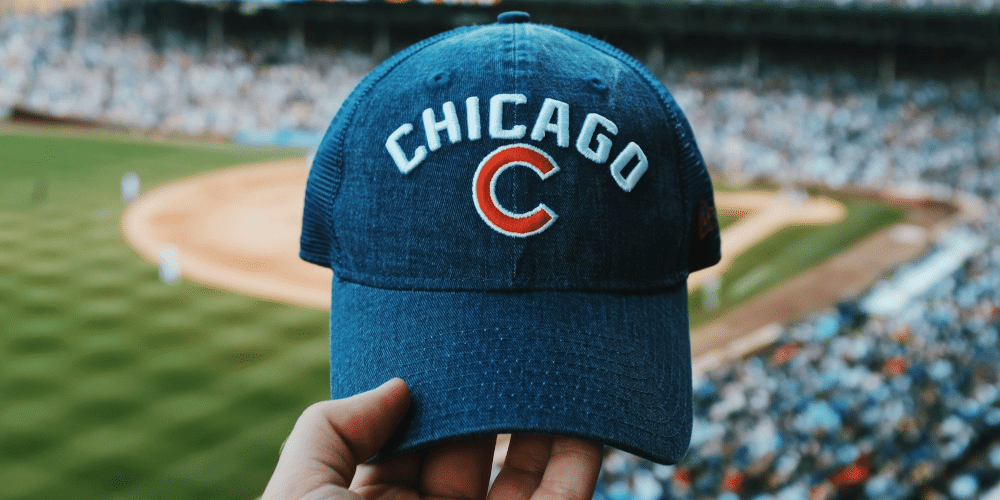All athletes know what it is like to take some heavy losses before they can enjoy their victories. They go through a rigorous process of sharpening their skills, strengthening their bodies, and acquiring the discipline of working hard and maintaining a healthy lifestyle. Most athletes would agree that training for competitions is not a walk in the park. In fact, it is safe to say that their training experiences are one of the hardest phases they need to brave before they can find themselves in a position to win. And while many desire to win, not everyone gets to do so, and the cycle of training harder repeats itself all over again. Losing a game, in the end, is harder than many cycles of training combined.
Book author and thriving minister Bishop Amere J. May, Sr. knows all too well how challenging it is to take all the losses before experiencing a win as a former basketball athlete. Like most athletes, he, too, struggled with the reality of losing to better opponents and contenders. And in basketball, losing comes in various forms, from playing as a team to failing to get the desired draft result. The same plight is also a reality among football and baseball athletes all across the world today. Bishop May, however, found a way to transform his losses into a story of victory that he hopes young athletes today can learn from.
“I lived my story. I know what it means to suffer from a loss and still be a champion,” he revealed.
This coming April 1, 2022, Bishop May is sharing his unique experiences and story of triumph over losses in his upcoming book titled A Guide For Athletes & Individuals Who’ve Struggled to Win After Loss.
“After all the hard work, we wake up and our career is over. It may be over before one planned. Oftentimes due to circumstances beyond the athlete’s control. They suffer from a loss.No one enjoys being told that they’re not good enough, but imagine the looks on some of the faces of athletes when they got word that they had been cut,” Bishop May shared. “Much like losing a job, when a great athlete gets turned away from a team, he can either use it as motivation to get better and play with a chip on his shoulder as most do—or wilt away into obscurity,” he added.
Bishop May gives his readers a clear picture of the realities of being in sports and desiring to be a professional athlete. He cites that in men’s basketball, for instance, there is only a 0.03% chance of landing a professional career. Statistically speaking, this means that among the 156,000 male high school senior basketball players, only 44 will get the opportunity to be drafted into the NBA after college. Among the 127,000 female high school senior basketball players, only 32 or 0.02% will have the chance to be drafted. Football, on the other hand, has a slightly better percentage compared to basketball. With more than 317,000 high school senior players being drafted, 0.08% or 250 get the chance to be drafted.
“The sport with the most professional opportunities is baseball, with high school players having a 0.4% chance of playing professionally. Though still far less than 1%, the number of opportunities within baseball’s professional development system helps to increase this percentage. Baseball drafts about 600 NCAA athletes from the 6700 college seniors each year, a number that is far higher than any other professional sport and which represents a need to feed its large farm system,” Bishop May explained.
Through A Guide For Athletes & Individuals Who’ve Struggled to Win After Loss, Bishop May hopes to empower young athletes to acquire a mindset of positivity by understanding how the sports industry works. Helping them see their losses from a better perspective is something that he hopes will transform their trials into stories of victory in the end.






